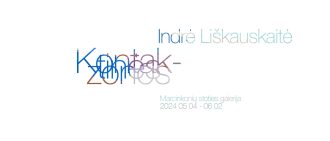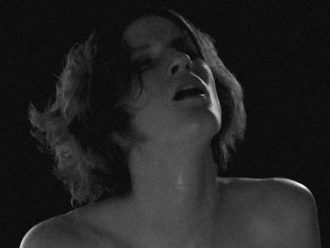From May 8th through to June 5th Riga Photo Month features a group exhibition “Viewfinders. Contemporary Baltic and Nordic photography” at Riga Art Space. The exhibition, showcasing artists from the Nordic and Baltic countries, focuses on people searching for their place in the contemporary space that surrounds us – the interaction between private and public, local and global, mental and physical.
In the words of Marshal McLuhan, our world has turned into a global village – due to information technologies, it has contracted to the size of a village while becoming a complex, alienated, urbanized system. Viewfinders focuses on self-discovery, people’s private spaces and questions they ask themselves. For an exhibition providing an insight into contemporary Baltic and Nordic photography, there could be no other way. Just as the Latvian mentality tends towards the romantic and idealises life on an isolated homestead, northerners are also more likely to choose a solitary path.
The exhibition features 15 artists whose work eloquently represents a number of current trends in Nordic and Baltic photography. They represent various generations and a total of 8 countries: Sweden – Lars Tunbjörk, Thobias Fäldt & Klara Källström; Norway – Marie Sjøvold and Sarah Gerats; Denmark – Astrid Kruse Jensen and Joachim Fleinert; Iceland – Pétur Thomsen; Finland – Sara Bjarland; Estonia – Marge Monko and Paul Kuimet; Lithuania – Indrė Šerpytytė and Mindaugas Ažušilis and Latvia – Ieva Epnere and Ivars Grāvlejs.
A Knot of Ideas
Although focused on the personal, the works in the exhibition form a cohesive network surprisingly easily. The different artists share an interest in the image that has already seen an assessment by technologies and new digital media. They use photography as a medium of art – highlighting their ideas, the significance of the message, and freely experimenting with boundaries, integrating photography and other media. Many artists see video as an extension of photography’s potential, while for others photographs become the basis of an installation.
The artists of Viewfinders are also united by their belonging to contemporary photography, indicating not just the relatively recent time period of their activity, but the contemporary nature of their ideas and an interest in current issues.
Curator of the exhibition Inga Brūvere reveals the dominant themes, examining and introducing the most recent developments in Baltic and Nordic photography. Among the dense spectrum of issues, a few quickly emerged as characteristic to the region: an interest in reflecting on the urban as a problem in the coexistence of man and nature, an interest in the past, attainable through one’s own and other’s memories; a focus on the everyday, often touched by a dreamlike, surreal imagination – characteristic to the contemporary female. And, finally, the tendency of taking everything around you with a healthy dose of humour. In some of the exhibitors’ work, these features intensively overlap, while in others they are only just evident.
Nature / Urbanization
In the classical sense, the art of the Northern regions tend to be associated with romantic, powerful landscapes, catching the northern light, etc. The artists of Viewfinders have found a number of viewpoints for interpreting this paradigm.
For example, Estonian Marge Monko’s video Punane Koit/Red Dawn seems to be a neutral record of a provocative event – the renewal of the PunaneKoit letters on the roof a Soviet-era hosiery factory in the centre of Tallinn. For those marked by the
Eastern European post-Soviet space, the factory name is connected to communist ideology, but it can also be seen naively, poetically – as hopes and dreams of a better future and new beginning. The video brings to life the ideal landscape of a seaside city that has already experienced disillusion – the sky and sea, spires of the old town, industrial development.
In Pétur Thomsen’s photographs, the battle between seemingly invincible nature and the small, meddlesome tractors, excavators and trucks plays out as dramatically as an opera.
Norwegian artist Sarah Gerats has come to Riga – the European Capital of Culture – with a stunning image from her residence in Svalbard, between mainland Norway and the North Pole. The blue mountain scenery of The Visitor absorbs and shares energy in every place the artist has visited on her way to Riga – thus the photograph is presented as a fact of experience.
In Finnish photographer Sara Bjarland’s work, the city becomes a “mausoleum of dying humanism” (Roy Porter), represented by portraits of discarded pot plants. The artist lets the abandoned plants die in front of us, watching how life transforms into death.
A subtle reflection on the alienation and dehumanization of urban life can also be found in the work of Estonian photographer Paul Kuimet – in the film Viewfinder, the viewer is led into an artificial model of a city, where a melancholic, nostalgic mood highlights the inauthenticity of the scene. His photo installation Horizon also shows the urban as a destructive vision.
Reality / dreams / memories
Photography is often said to be the dominant language of our times, since it can embody reality and imagination at the same time. It can simultaneously record and tell stories. This comes to mind when looking at Wikiland, a series by Swedish photographers Thobias Fäldt & Klara Källström, which documents the daily life of a media mogul from an unusual point of view. The stories in the images are an unexpected solution to a task balancing between the private and the
The photographs by Norwegian Marie Sjøvold offer a distinctly personal story, in which everyday motifs quite naturally flow into imagery from Norwegian fairy tales. The artist talks about herself and her family in a deliberate, open and meaningful manner.
Latvian photographer Ieva Epnere reflects on the tensions of the modern woman, at once a mother and a creative individual. In her series Mothers, she has created portraits of close friends, questioning them on this uncomfortable topic.
Issues of identity among creative individuals are continued in the video work Refusal, a portrait of a young Catholic priest who manages to combine his post with serious artistic ambitions.
Photography as a medium that can document reality, but also create memories of a non-existent event, is used in an interesting way by Danish photographer Astrid Kruse Jensen. She achieves this with the surreal and disturbing atmosphere of her images, consistently taken in the dark. Her work is also convincingly and deeply personal.
Dane Joachim Fleinert also turns to constructed memories and a dialogue with the past, asking the rhetorical question: who truly creates an image of reality – the photographer, the subject or the viewer, who is able to follow and sense what is going on in the picture? His video installation gathers portraits taken in various reģions of Denmark between 1890 and 1920, in which the eyes act as a window to the soul.
A completely different approach to the theme of collective and personal memory, connected to the artist’s family history, is taken by Lithuanian Indrė Šerpytytė. She is exhibiting a series of photographs featuring buildings in Lithuania’s towns and villages that were turned into centres of Soviet military control (the KGB) after World War II – places of interrogation and torture. She has undergone a kind of psychoanalytical purging through various media, first examining archive materials, then reconstructing the buildings sculpturally, and finally photographing wooden
models, isolated from their environment, almost like skeletons. In the photographs, the seemingly ordinary houses seem full of emotion, pain, hopelessness – lonely in a world where everything else has been wiped away.
Photo humoru
An indispensible part of the Nordic and Baltic photography scene is the desire of photographers to make the world a better place by laughing at themselves and their surroundings. It is well known that humour is recommended for a healthy society. Therefore, Swedish photographer Lars Tunbjörk is taking part in the exhibition with
an older piece of work, the excellent Office (1996-2001). In the most prevalent of today’s workplaces, the photographer has found a source of intriguing, exciting, satirical stories, that the amusing and desperate heroes – workaholics – will find it easy to identify with.
Lithuanian Mindaugas Ažušilis also has a slightly ironic gaze. In his Happiness in Lithuania, he reflects on the understanding of happiness among his fellow nationals, documenting funny activities and scenes of absurdity. The photographs are a sociological collection of national peculiarities in the 21st century.
Even more fun is brought to the exhibition by Latvian photographer Ivars Grāvlejs, who is exhibiting the interactive and participatory installation A musical, visual and interactive insight into thework of Latvian photographers. It is designed as karaoke with popular Latvian melodies, the lyrics of which Grāvlejs has adapted to the images by well-known Latvian photographers featured in the slideshow. The artist is reflecting on his time and professional environment by using appropriations,
including chanting techniques borrowed from local folklore. This work takes into account the multi-medial, pop culture influenced perception of the viewer, as in the statement: We are all Viewfinders!
Curator Inga Brūvere
Co-authors Imants Gross, Arnis Balčus, Aiga Dzalbe
Text by Aiga Dzalbe
Coordinators Ginta Tropa, Sabīne Jermaloviča
Organisers: Riga Photomonth in cooperation with Norden, FK Magazine, the Danish Cultural Institute and Foundation Rīga 2014

Exhibition view

Exhibition view

Exhibition view

Ieva Epnere. Kristīne from the series Mothers, 2011-2012

Mindaugas Ažušilis. From the series Happiness in Lithuania, 2011-2012

Marie Sjøvold, form the series Midnight milk, 2011

Joachim Fleinert, ‘’Reflective Memories’’ (fragment), 2011

Joachim Fleinert, ‘’Reflective Memories’’ (View from the exhibition Viewfinders. Contemporary Baltic and Nordic photography), 2011

Exhibition view

Paul Kuimet. Video installation Viewfinders, 2011

Sara Bjarland. From the series The Forsaken, 2011-2012

Marge Monko. Video installation Red Dawn (Punane Koit), 2013

Lars Tunbjörk. “Law office, New York, 1997” from the series ‘’Office’’

Exhibition view

Astrid Kruse Jensen. Something bigger than herself from the series The Construction of Memories, 2007
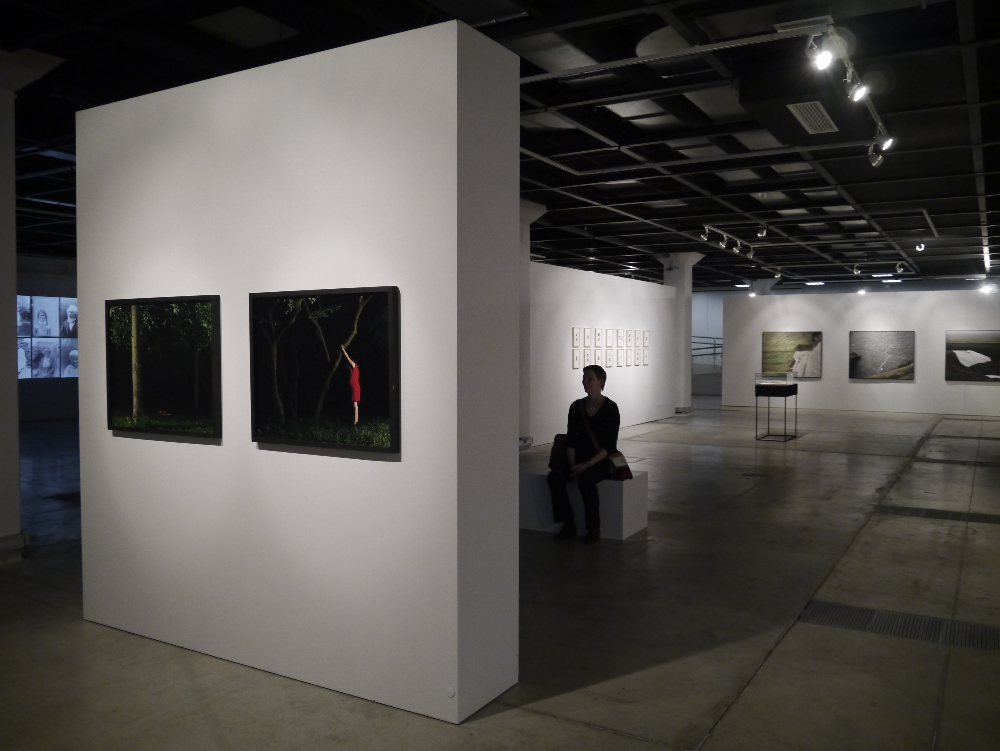
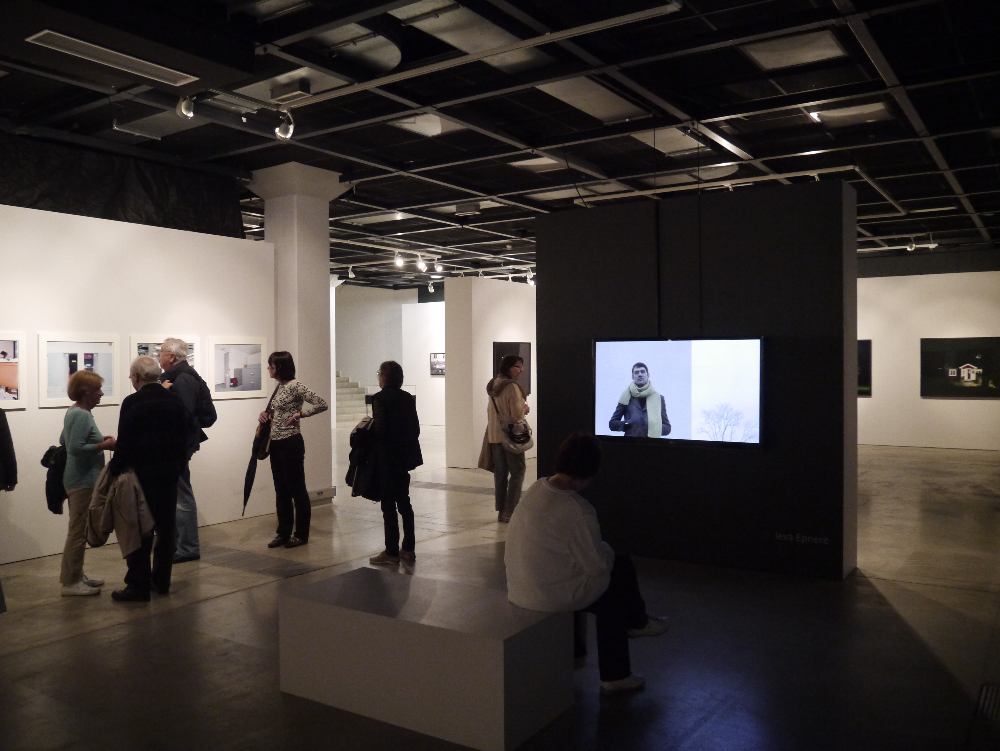
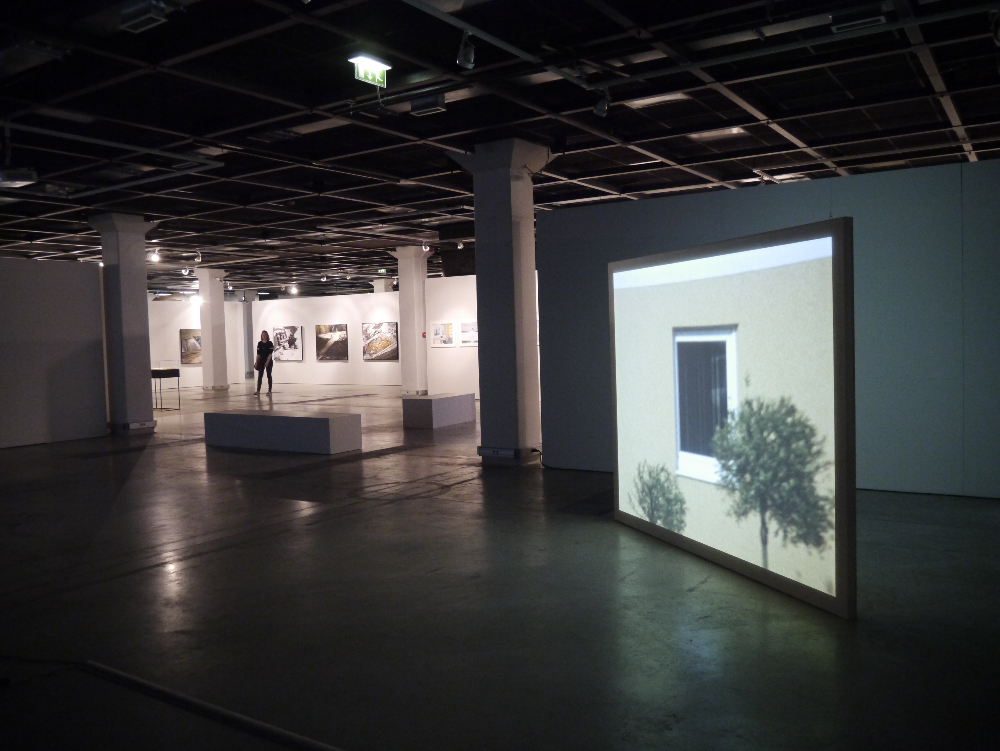
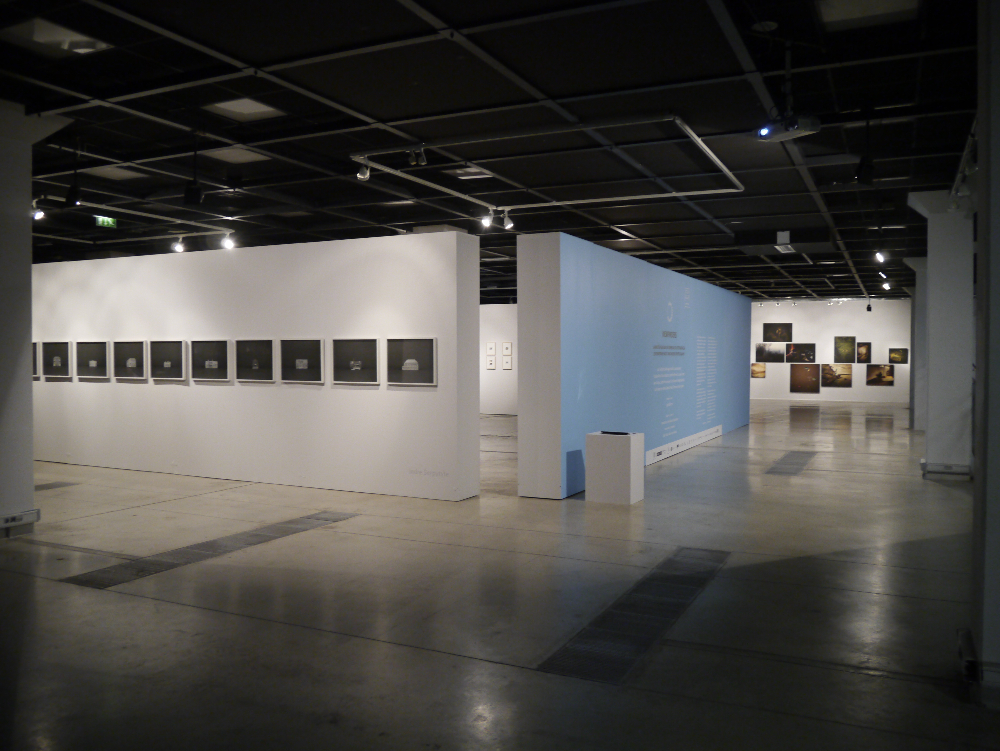
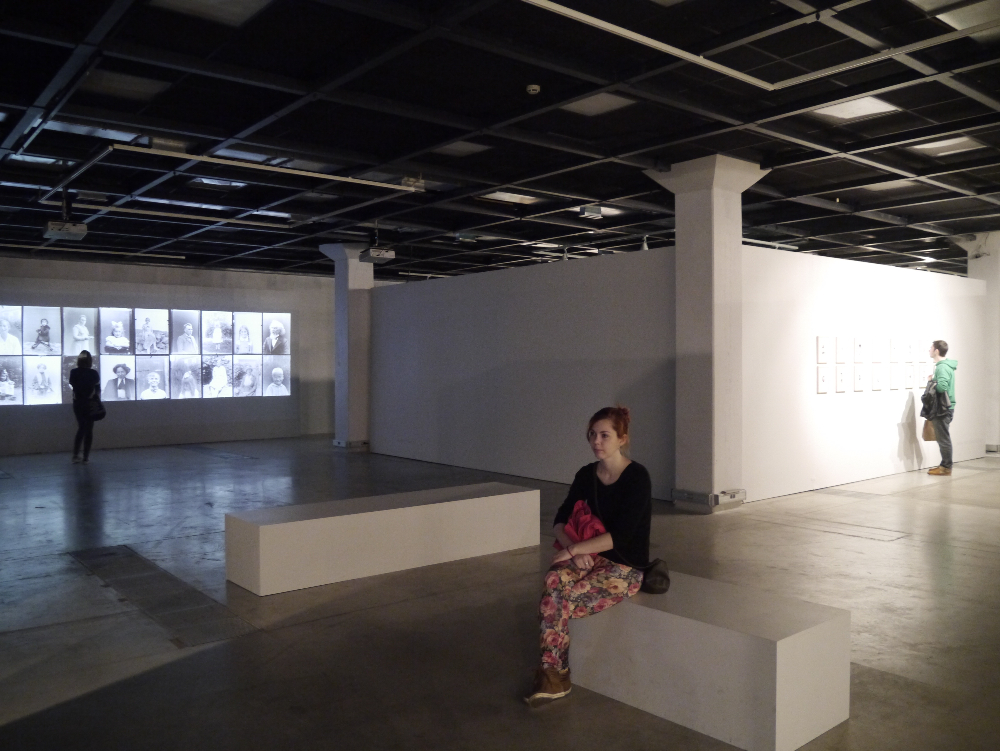
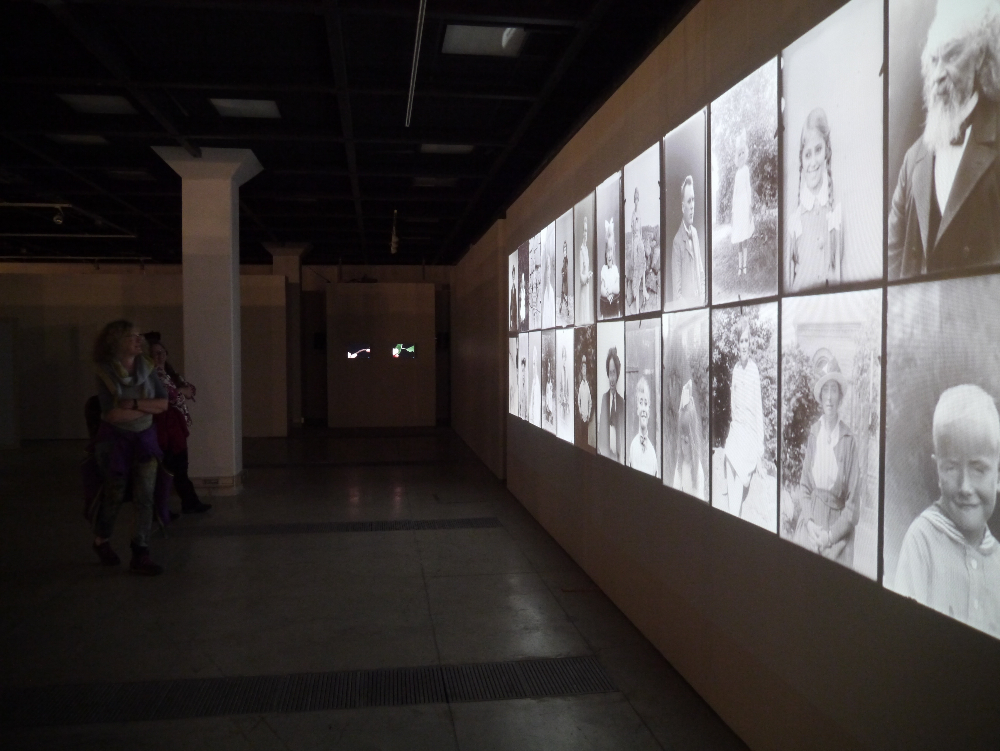
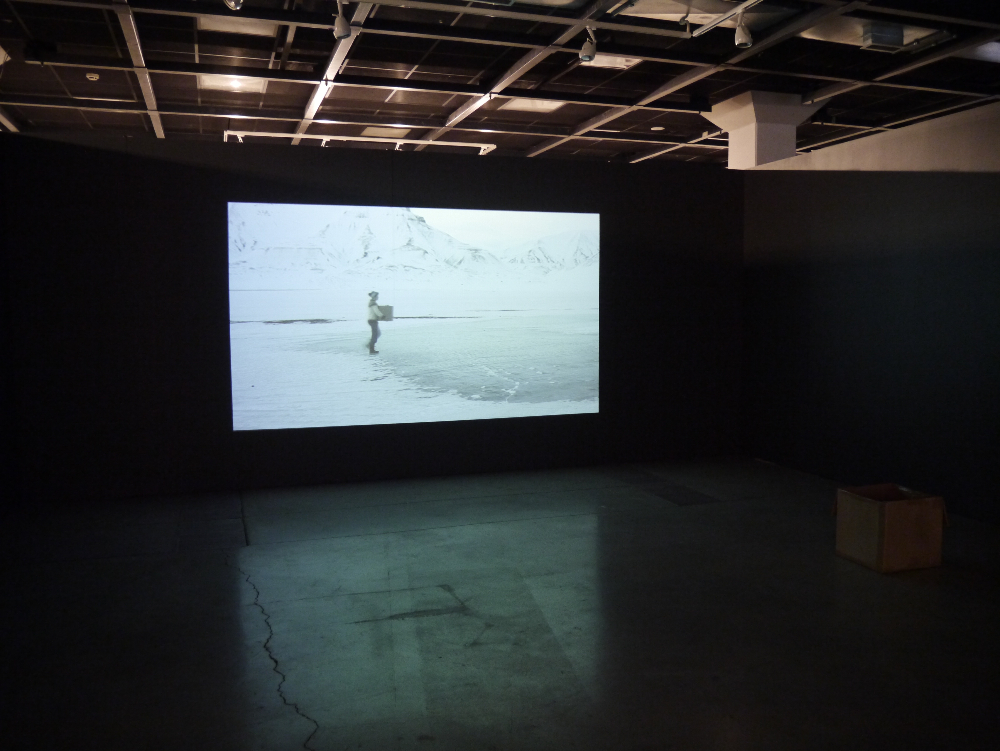
Sarah Gerats, Svalbard from series The Visitor, video installation, 2014








